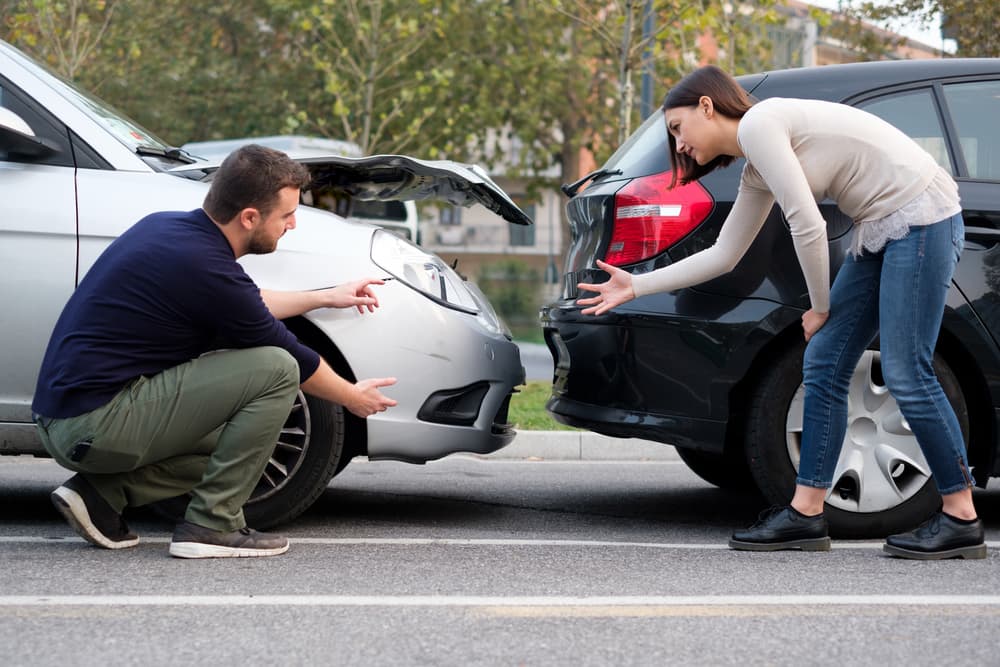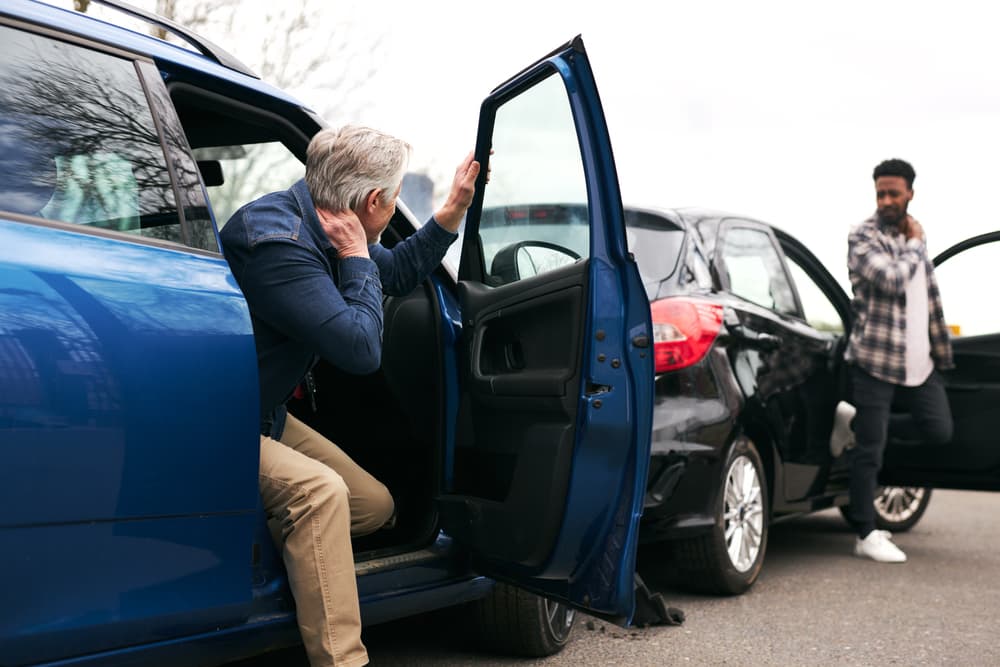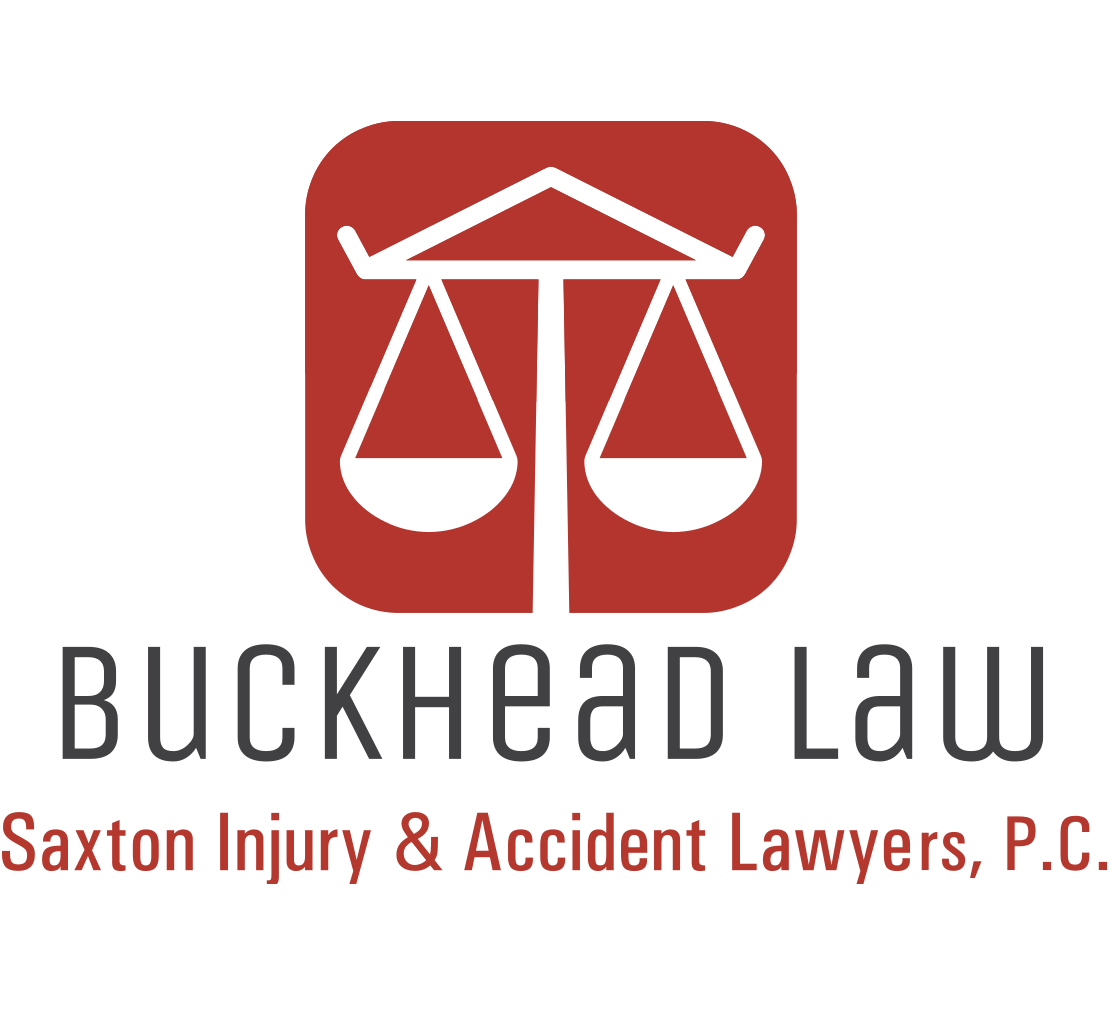Did you suffer harm in a rear end car accident? If so, you might ask, “Who is at fault?” Many of us presume that the rear driver is definitionally responsible for rear-ending the vehicle ahead of them, but the reality isn’t always so simple. In such cases, seeking the guidance of a skilled car accident lawyer can help clarify liability and ensure you receive the compensation you deserve.
Common Causes of Rear End Accidents

Rear end car accidents are among the most frequent types of road incidents, and they often result from a variety of preventable behaviors and conditions, such as:
Driver Distraction
Driver distraction is a leading cause of rear end accidents. When drivers divert their attention from the road to text, eat, adjust the stereo, or engage with passengers, their reaction time slows.
Distracted drivers might crash if they fail to notice when traffic ahead has stopped or slowed. Drivers must minimize distractions and focus solely on driving to promote the safety of all road users.
Driving Under the Influence
Driving under the influence of alcohol or drugs significantly impairs judgment, coordination, and reaction time. Intoxicated drivers are often unable to respond appropriately to traffic signals, changes in traffic flow, or the actions of other drivers. Impairment increases the likelihood of misjudging stopping distances, overlooking traffic signs, and causing rear end collisions.
Driver Fatigue
Driver fatigue contributes to many rear end accidents. Tired drivers often experience lapses in concentration, slower reaction times, and sometimes even fall asleep at the wheel.
Long drives without adequate breaks, driving during typical sleeping times, and certain medications can exacerbate this issue.
Drivers must recognize the signs of fatigue and take appropriate action, such as pulling over for breaks or planning additional drive time on long trips.
Speeding
Speeding is a dangerous habit that reduces a driver’s ability to stop quickly and increases the severity of a crash. When drivers exceed the speed limit, they have less time to react to stopped or slowing traffic ahead of them.
High speeds also make it harder to navigate around potential hazards without losing control, which can lead to rear end accidents.
Tailgating
Tailgating or following too closely does not leave adequate space to stop without striking the vehicle ahead if it brakes suddenly. This aggressive driving behavior is a common cause of rear end accidents because tailgating drivers have little to no room for error.
Intentional tailgating is extremely reckless, but even unintentionally following too closely behind another vehicle can result in severe rear end wrecks.
Aggressive Driving
Aggressive driving, which encompasses a range of unsafe driving actions like speeding, weaving through traffic, and tailgating, often results in rear end collisions.
Aggressive drivers are more likely to lose control of their vehicles and are less able to adjust to sudden changes in traffic flow or road conditions. As a result, many rear end collisions are a result of aggressive driving behaviors.
Inadequate Vehicle Maintenance
Inadequate vehicle maintenance, particularly failing to service brakes or tires, can also cause rear end accidents. A vehicle with worn brake pads or rotors might not stop effectively, and bald tires can lead to loss of traction, especially in poor weather. Regular vehicle maintenance is a responsibility that falls on every vehicle owner to ensure their car is safe to operate on the road.
Manufacturing Defects
Manufacturing defects in vehicle parts can lead to unexpected malfunctions, such as brake failures or steering issues, which can result in rear end collisions.
Auto parts manufacturers must issue timely recalls when they learn about defects that compromise safety. Similarly, vehicle owners should always respond to recall notices promptly to prevent avoidable accidents.
Poor Road Conditions
Poor road conditions, like wet or icy surfaces, potholes, or uneven pavement, can contribute to or worsen rear end collisions. Despite these conditions, drivers are still responsible for maintaining safe control of their vehicles.
This responsibility means adjusting speed, increasing following distance, and being extra vigilant to react appropriately to the road’s challenges. It also involves equipping vehicles appropriately for the conditions, like having proper tires for winter weather.
When the Rear Driver Is at Fault
After a rear end car accident, most people assume the rear driver is at fault since all drivers are responsible for maintaining safe following distances. According to traffic laws and driving standards, drivers must allow themselves enough time and space to react to the traffic ahead and avoid collisions.
This presumption of fault stems from the idea that the rear driver has the most control in preventing a rear end crash by following at a safe distance.
The rear driver must anticipate sudden stops and adjust their speed according to traffic conditions, road conditions, weather, and visibility. If they don’t, they are significantly more likely to cause rear end crashes when other drivers slow or stop.
How to Maintain a Safe Following Distance

All drivers must follow behind other vehicles at safe distances to prevent rear end collisions and ensure road safety. One useful guideline for gauging a safe following distance is the three-second rule, which suggests staying at least three seconds behind the vehicle in front under normal driving conditions.
To implement the three-second rule, start by selecting a fixed point on the road, such as a signpost or tree. Then, count the number of seconds it takes you to reach it after the car in front of you passes the same point. If you arrive at the point before three seconds are up, you are too close and should increase your following distance.
In certain conditions, you should increase this distance to account for the additional time necessary to stop. This includes driving when it is rainy, snowy, icy, or foggy. Additional following distance is also a good idea if you are driving at night or operating a larger, heavier vehicle that doesn’t stop quickly.
If you fail to maintain a safe following distance, your risk of a rear end collision escalates considerably. Not only do you have less time to react to sudden stops or changes in traffic flow, but the force of impact is also greater.
When the Leading Driver Is at Fault
In some rear end accident scenarios, the driver of the leading vehicle is at fault. This can occur if the front driver acts negligently or engages in erratic or unsafe driving behaviors.
For instance, if a driver suddenly reverses their vehicle without warning and collides with the car behind them, they are typically at fault for not ensuring the path was clear. Similarly, a leading driver who performs an abrupt stop for no apparent reason, leaving the trailing driver insufficient time to react, could be liable for a resulting collision.
Fault could also fall to the front driver if they merge into traffic in an unsafe manner, cutting off a following car with too little room to spare. And if the front vehicle’s brake lights are malfunctioning, the rear driver might not receive the necessary visual cue to slow down or stop.
Front drivers must maintain their vehicles in good working order and drive predictably, adhering to road safety rules to prevent rear end collisions.
When Other Parties Are at Fault
Sometimes, neither the front driver or the following driver causes a rear end accident. Other drivers can also contribute to rear end accidents, and sometimes other parties, not even in vehicles or on the road, are at fault, too.
Here are some common example scenarios involving other at-fault parties:
- Cyclists or Pedestrians Darting into Traffic: Cyclists or pedestrians darting into traffic can create hazardous situations that lead to rear end accidents. When cyclists move unexpectedly into the flow of traffic without signaling, or pedestrians step into the road suddenly, drivers might have to brake abruptly. This sudden stop can catch trailing drivers off guard, resulting in rear end collisions.
- Bars or Liquor Stores Overserving Drivers: Bars or liquor stores overserving drivers can indirectly contribute to rear end collisions. Establishments that serve alcohol have a duty to recognize the signs of intoxication and cease serving patrons who show those signs. When these establishments fail to do so, they contribute to the impairment of drivers, who then take to the roads, increasing the risk of rear end crashes.
- Owners Lending Vehicles to Unfit Drivers: Owners who lend out their vehicles take on a level of liability for the actions of those they entrust with their cars. If a vehicle owner knowingly allows an impaired, inexperienced, or otherwise unfit person to drive, you can hold the owner responsible for resulting rear end wrecks. This includes parents who allow teen drivers with limited experience to operate family vehicles.
- Localities Failing to Properly Maintain Roads: Municipalities and state governments are responsible for the upkeep of public roadways. When they neglect this duty, and issues such as potholes, unclear signage, or malfunctioning traffic signals lead to accidents, you can hold these entities liable. Drivers rely on well-maintained roads to travel safely, and poor road maintenance contributes to many collisions.
- Manufacturers Selling Faulty Vehicle Parts: Manufacturers must ensure effective quality control measures and prompt recall actions to ensure the safety of their products. Those selling faulty vehicle parts can be at fault in rear end accidents. When a car part fails due to poor design or manufacturing defects, and this leads to an accident, crash victims can hold the manufacturer liable.
- Mechanics Failing to Repair Obvious Defects: Mechanics failing to repair obvious defects are sometimes responsible for rear end accidents as well. When an owner brings their vehicle in for maintenance or repair, the service provider must address all issues competently. If a mechanic overlooks or inadequately repairs a defect, particularly one that could affect brakes or turn signals, you can hold the mechanic or their employer liable for resulting collisions.
Common Defenses in Rear End Accident Cases
There are numerous defenses available to mitigate or refute liability if someone accuses you of fault after a rear end car accident. These defenses require strong evidence to work in a court of law or during settlement negotiations.
Common examples include:
- Sudden Stop: You could argue that the front driver stopped abruptly for no apparent reason, leaving you with no time to react. This defense requires proof that the stop was unnecessary under the circumstances and that it would have taken any reasonable driver by surprise.
- Turn Signal Misuse: You could claim that the front driver indicated an intention to turn but failed to do so, leading you to assume that the way would be clear. This defense relies on demonstrating that the front driver’s incorrect signaling misled you.
- Mechanical Failure: You could cite a sudden and unforeseen mechanical failure that prevented you from stopping your vehicle in time, such as brake failure. You will likely need maintenance records and expert testimony to validate the mechanical issue to assert this defense.
- Obstruction of Traffic: You could say that the front driver’s vehicle was improperly or unexpectedly stopped in a traffic lane due to a lack of hazard lights or failure to move a disabled vehicle. This requires evidence that the front driver did not take reasonable measures to warn other drivers or remove the obstruction.
- Emergency Situations: You could argue that an unexpected road hazard or situation required you to perform an emergency maneuver, leading to the collision. This could involve evidence of the road hazard and testimony that you took the only available action under the circumstances.
Proving Fault in a Rear End Accident Case
Depending on the specifics of your rear end accident case, your personal injury attorney could uncover and present evidence to prove fault, such as:

- Police accident reports
- Witness statements
- Traffic camera footage
- Dashcam recordings
- Vehicle damage reports
- Accident scene photographs
- Skidmark analysis
- Cell phone records
- GPS data
- Driving records
- Breathalyzer test results
- Blood alcohol content (BAC) reports
- Drug test results
- Weather reports
- Traffic signal timings
- Vehicle maintenance records
- Manufacturer recall notices
- Expert witness testimony
- Event data recorder (EDR) information
- Medical records of injuries
- Forensic analysis results
- Road condition reports
- Surveillance video from nearby businesses
- Statements from first responders
- Physical debris from the scene
- Vehicle inspection reports
- Diagrams of the accident scene
- Estimates of vehicle repair costs
- Road design and maintenance records
